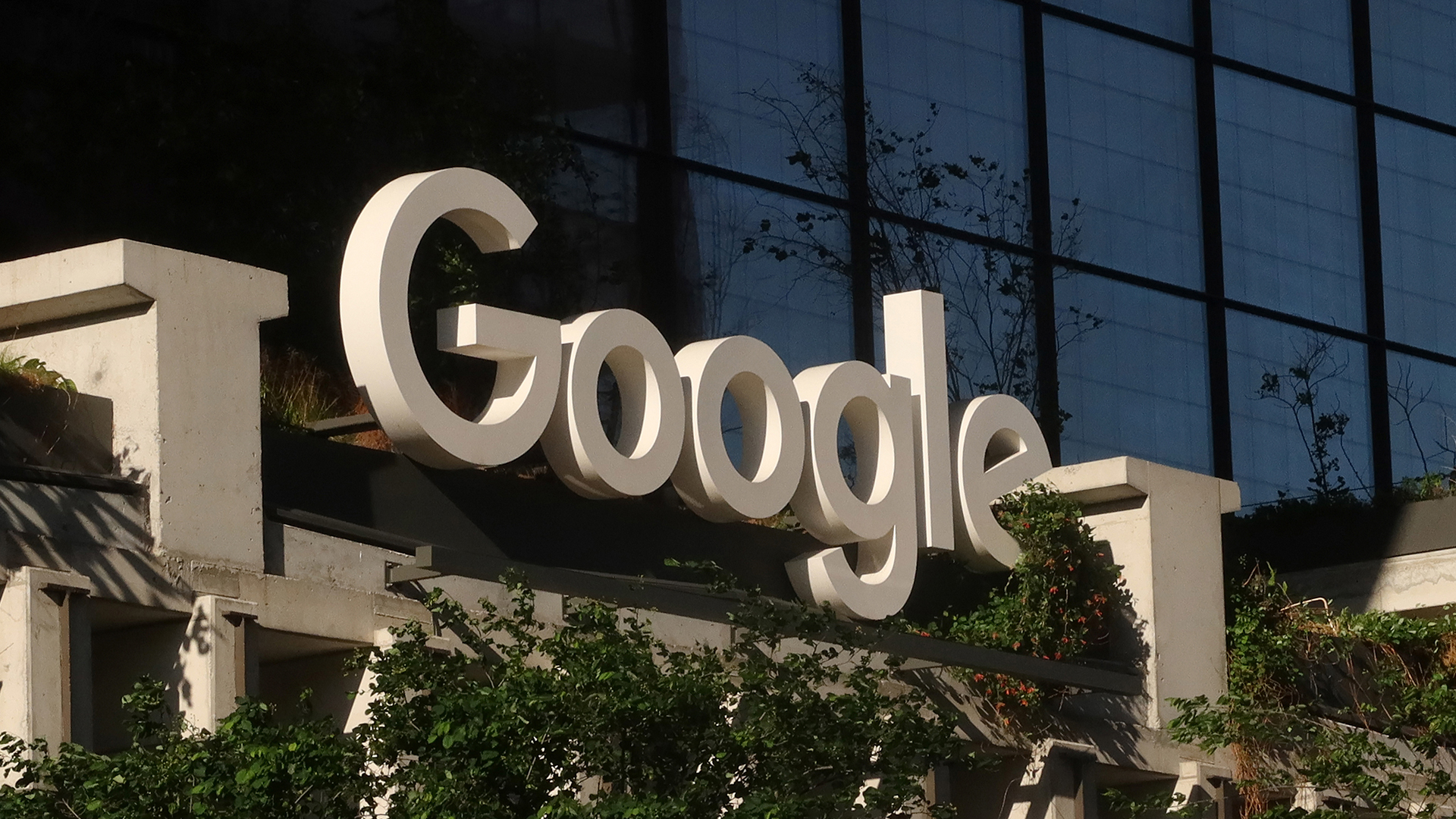Sony Tablet S review
Sony has designed its first Android tablet for living room entertainment, so does it have any role in the workplace? Seth Barton finds out in our review.
The Tablet S has some commendable features, most obviously its rather avant-garde yet eminently practical shape. The lack of video output and a less-than stellar screen will be concerns for some, but the reasonably long battery life compensates for this to a large extent.While the iPad 2 lacks the USB port and unusual shape it has the advantage of far longer battery life and a wider selection of apps. Unless you think you may have trouble holding onto the iPad's super-slinky shape, the Tablet S isn't quite cut out as a business device. The upcoming Tablet P, with its dual fold-out displays, looks a more intriguing option for those working on the move.
Despite its chunkier appearance it's not actually much heavier than most 10in tablets, probably due to its plastic build.
Despite its chunkier appearance it's not actually much heavier than most 10in tablets, probably due to its plastic build. Weighing just under 600g for the standard model (with 3G adding another 25g on top of this), it's almost exactly the same weight as the iPad 2 and 40g more than the Galaxy Tab 10.1in. However, such head-to-head comparisons are slightly misleading as the Tablet S has only a 4,400mAh battery, compared to capacities of around 7,000mAh in the other two.
This was apparent in our battery life tests, though not in the way we'd have thought. The Tablet S lasted for just under ten hours of continuous H.264 video playback, while the Tab 10.1 managed nine and-a-half by comparison. However, both of these are beaten hands down by the iPad 2 with around 17 hours something we suspect may have more to do with iOS than the battery itself, or the design of its processors. Whichever way you cut it, the iPad has Android tablets beat for now on battery life, and those working on the go should consider it as a first option if of course its more locked-down operating system is suitable to your needs.
One possible reason for the long endurance of the Tablet S, despite that small battery, may be it is slightly smaller display. At 9.4in diagonally, it's noticeably more compact than the Tab's titular 10.1in screen. It's not as bright either at the full brightness setting, something else that may have saved a few watts. All that said, this is still a good screen, with 1,280x800 pixels packed into a small space there's plenty of detail in images. Its 16:10 aspect ratio makes it more elongated than the iPad's squarer 4:3 screen, but this makes little practical difference unless you're watching widescreen video.
Sign up today and you will receive a free copy of our Future Focus 2025 report - the leading guidance on AI, cybersecurity and other IT challenges as per 700+ senior executives
-
 Millions of customers have been exposed in the Qantas cyber attack – here’s everything we know so far
Millions of customers have been exposed in the Qantas cyber attack – here’s everything we know so farNews While details remain murky, cyber experts told ITPro the Qantas incident bears all the hallmarks of the Scattered Spider ransomware group.
By Emma Woollacott Published
-
 Google emissions have surged 51% in five years – but it’s making solid progress in data center efficiency
Google emissions have surged 51% in five years – but it’s making solid progress in data center efficiencyNews While overall carbon emissions have increased significantly, the company is making solid progress in bolstering data center energy efficiency.
By Nicole Kobie Published
-
 Leaseweb names Alex Wessel as new chief operations officer
Leaseweb names Alex Wessel as new chief operations officerNews Wessel is tasked with leading centralized teams at Leaseweb’s Amsterdam headquarters.
By Daniel Todd Published